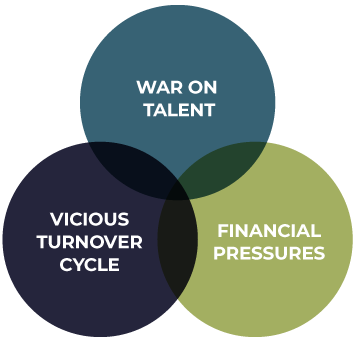Copyright 2024 ArmadaCare| All Rights Reserved | Privacy Policy | Terms & Conditions
The additional benefits (Get Me Home, emergency travel, TopDoc Connect and Connect & Thrive are coordinated with ArmadaCare’s service providers and subject to specific terms, conditions, limitations and exclusions as defined in the policy and corresponding Certificate of Insurance.
ArmadaCare’s supplemental health insurance policies are underwritten by SiriusPoint America Insurance Company and Transamerica Life Insurance Company. Insurance plans and coverages vary by state. Please contact us to confirm state availability.
All content included on this website, such as text, graphics, logos, button icons, images, audio clips and software, is the property of ArmadaGlobal or its Content suppliers and is protected by U.S. and international copyright laws. The reproduction, modification, distribution, transmission, republication, display or performance of the Content on this website without written permission is strictly prohibited.


